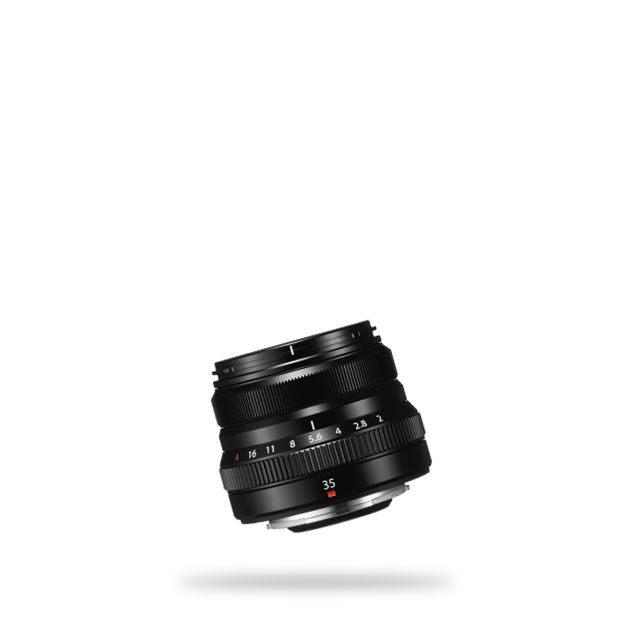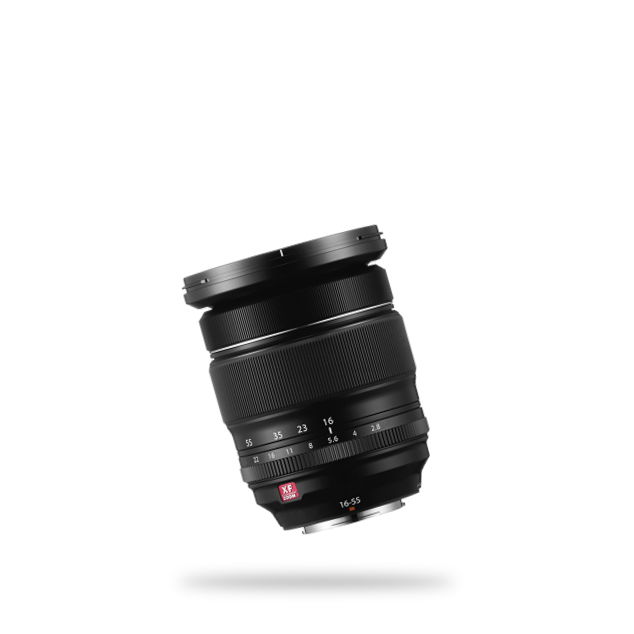
>
 6 minute read
6 minute read
Capture Better Travel Portraits and Candids
Here’s how to take better people pictures on your next trip, whether it’s home or abroad...
Intro
People are the heart of any culture, so when you journey to other countries or cities, you will find travel gold in their faces and the way they live. There are many ways to photograph people, and while it’s easy to photograph crowds in the background to architecture, making them the dominant focus in a classic street portrait style, or as a compelling candid, takes more skill.
Remember, candids and street portraits are very different. In candids, your subject is likely to be unaware of your presence, or at least unconcerned, so there are particular tricks you need to make those pictures. Portraits are more likely to be posed, and will perhaps include eye contact, with the subject fully aware they’re being photographed. Either way, for best results, your intentions should be clear – and in terms of creating pleasing images from your trip, it can be better to concentrate on one or the other route, rather than flitting between them.

Get kitted out
Of course, you can shoot portraits and candids with any lens, but some models in the X Series lineup offer particular advantages.
For classic portraits, a focal length between 50mm and 80mm offers a distortion-free view, without taking you too far from the person you’re photographing. The XF50mmF1.0 R WR and XF56mmF1.2 R are both amazing lenses, but if you want something smaller and lighter for longer days out, try the XF50mmF2 R WR – whose weather sealing makes it even more attractive. Another great option is XF60mmF2.4 R Macro, which despite being a macro lens, doubles up as a great portrait option. Then there’s the portrait specialist XF90mmF2 R LM WR, delivering wonderful subject separation. The long ends of the XF16-55mmF2.8 R LM WR and XF16-80mmF4 R OIS WR are also ideal for travel portraits.

© Saraya Cortaville
For candids, or more environmental portraits, you’ll benefit from small, inconspicuous lenses, with shorter focal lengths than typical portrait models. The wider view allows more context, showing the subject’s background and their story. But try not to go so wide that you need to be right on top of them. Lenses from 18mm to 35mm are good options, and there are several X Series zooms that cover those settings. Primes, like the super-slim XF18mmF2 R, XF27mmF2.8 R WR and XF35mmF2 R WR, are a great fit, too. If you don’t mind a little more weight, mount a faster version, like the new XF23mmF1.4 R LM WR or XF33mmF1.4 R LM WR, which will help you control depth-of-field and shoot in low light more easily.

© Kevin Mullins
Remember the context
Often for portraits and candids, photographers will want to focus directly on the subject and let the rest of the scene fall into blur. There’s nothing wrong with this, but when shooting travel images, remember that context is a defining aspect. Therefore, don’t reach straight for the widest apertures, especially when at longer focal lengths, where a shallow depth-of-field is exaggerated.
Taking it a step further, work to include specific elements of the location in your candids or portraits, like architecture and street furniture. And if you see a great background, just compose it and wait for a subject to move through.

© Kevin Mullins
Check your privilege
No matter how experienced you are as a photographer, never assume it’s OK to take pictures without first doing research. In many countries, street photography is an accepted art form, tolerated or respected, but there are limits. In the UK, while you don’t need to ask permission to take a picture in a public place, it’s not culturally acceptable for complete strangers to photograph children. Know your rights, but be respectful of others.
If in doubt, ask. Portrait photography is a social art – and interaction is part of the process. You’ll almost always get better pictures by being up front, rather than trying to sneak a picture without someone noticing. And if someone asks you to delete a picture, do it with good grace. Remember, you’re there to enjoy your photography, not fight a culture war.

© Saraya Cortaville
On a longer trip, hiring a local guide, or interpreter if you’re overseas, is a great way of opening up access. They’ll take you to spots where it‘s safe and productive to create candids, and will often know local characters who are happy to be photographed, even if it’s in return for a small donation.
One trick we’ve been told by seasoned travellers is to take an instax printer with you and say thank you to your subject by offering them an instant print! All current X Series cameras can print wirelessly in seconds.
Don’t ignore the tourists
It might not seem like it at first, but tourists are just as valid for your travel photography eye as the locals. How they experience and interact with the culture and environment can make for a great story – and if there’s visual contrast to be found in the way they’re dressing or acting, so much the better. Even look out for people taking pictures and selfies as a side project on a trip.
If travelling with friends and family, remember that they’re part of the story, too. Rather than having them pose, include them in your pictures when they’re exploring, travelling, eating or just taking in new surroundings. It’s a great way to quickly create a travelogue-style project that you can turn into a book or web gallery – and looks a lot more compelling than grinning faces at tourist hotspots.

© Kevin Mullins
Improve your approach to candids
There are several ways of changing your technique for more successful candids. For starters, get the camera away from your eye and use the rear screen. All X Series bodies have rear screens that can be folded out, so that you lower the camera to chest or waist level – or even point around a corner – and still compose easily. This is useful, because people will take less notice of you without the camera to your eye.
An evolution of this technique is to hang the camera around your neck, then connect it to the free FUJIFILM Remote Camera App. Then use your phone screen to compose, set the exposure and trigger the shutter, while looking like you’re checking messages or reading the news.
Other techniques for better candids include shooting silently using the electronic shutter, so you don’t give yourself away with a loud click. Switching to Continuous AF and using Face/Eye Detection mode will also allow faster and more accurate focusing – stopping you fiddling with the AF point as the action passes you by.
Another good method is to set your camera so focusing isn’t needed. The exact settings are dependent on the focal length of the lens, but broadly you can assume that on a 23mm, if you set a medium to small aperture like F13 and manually focus around a third of the way through the scale, most of the scene will be acceptably sharp. It’s a method designed to ensure you don’t miss great situations, where focus is secondary to the moment.
Compare the Lenses

XF18mmF2 R

XF23mmF1.4 R LM WR

XF27mmF2.8 R WR

XF33mmF1.4 R LM WR

XF35mmF2 R WR

XF50mmF1.0 R WR

XF50mmF2 R WR

XF56mmF1.2 R

XF60mmF2.4 R Macro

XF90mmF2 R LM WR


































































